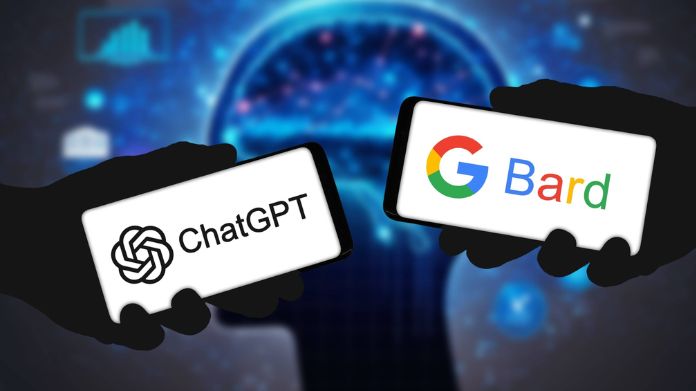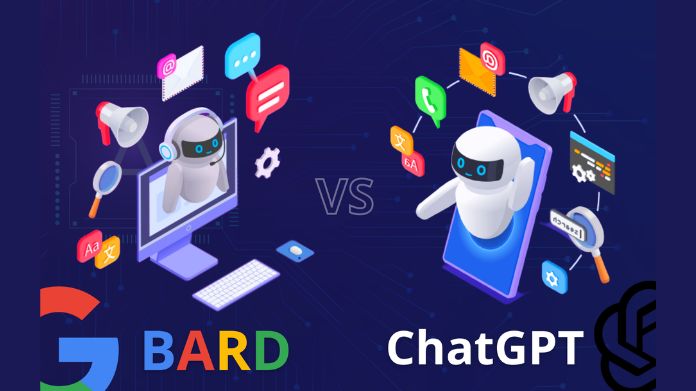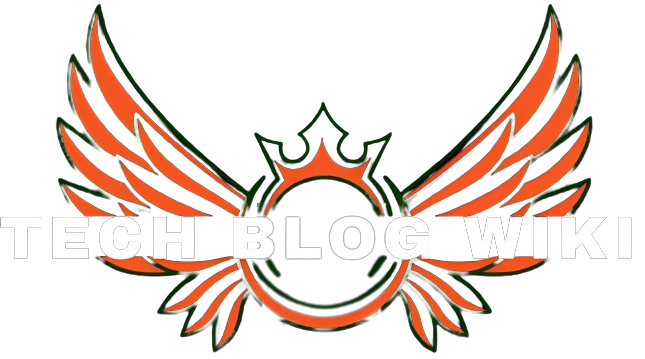In the active world of artificial intelligence, AI chatbots have witnessed remarkable advancements, with Bard vs ChatGPT standing out as notable contenders.
Choosing these two platforms becomes pivotal as businesses and individuals seek intelligent conversational agents. This article delves into comparing Bard vs ChatGPT, aiming to uncover their unique features, strengths, and applications.
By navigating the intricacies of each AI chatbot, readers can gain valuable insights into selecting the optimal solution for their specific needs.
Join us on this exploration to determine which AI chatbot, Bard or ChatGPT, emerges as the superior choice in the evolving landscape of conversational artificial intelligence.
Bard vs ChatGPT: What’s the Difference?
When comparing Bard and ChatGPT, it is essential to understand the differences between the two models. Bard, developed by OpenAI, is designed to generate creative and coherent long-form text.
It excels at tasks that require sustained engagement and context, such as writing stories or providing detailed explanations. On the other hand, ChatGPT is more focused on generating short responses conversationally.
It is specifically trained to engage in back-and-forth conversations and provide prompt and relevant replies. While both models are powered by similar underlying technology, their training objectives and use cases differ, leading to variations in their performance and capabilities.
Google Bard vs ChatGPT: Other Key Differences

Apart from variations in language models and data sources, Bard and ChatGPT differ in a few other important ways as well:
1. Coding: While ChatGPT has been used for some time to produce code, Bard’s transition to PaLM 2 has dramatically enhanced its code generation capabilities.
2. Conversational learning: ChatGPT can “hold context” and learn from its interactions with people, although Bard currently achieves this in a much more constrained manner.
3. Drafts: Bard will generate several answers to the questions you ask. To view these answers, click “View Drafts.” With ChatGPT, every question receives a single response.
4. Real-time Internet access: Unlike ChatGPT, Bard will instantly reference and use the Internet.
5. Image-based responses: Unlike ChatGPT, Bard can source images with an internet connection.
6. Ability to read replies aloud: ChatGPT natively lacks text-to-speech, unlike Bard.
Bard vs ChatGPT: Key Findings
In this comparison between Bard and ChatGPT, several key findings emerged. Firstly, both models exhibit impressive language generation capabilities but differ in their intended use cases.
Bard is designed specifically for creative writing tasks, such as poetry and storytelling, while ChatGPT is developed to excel in conversational dialogue and providing information.
While both models produce high-quality outputs, they can occasionally generate incorrect or nonsensical responses. This highlights the significance of carefully reviewing and refining the production to ensure accuracy and coherence.
Bard and ChatGPT must improve their understanding of context and maintain consistency over long conversations. Users may need to provide more explicit instructions or context to obtain desired responses.
ChatGPT tends to be overly verbose, often producing longer and more convoluted responses than Bard. This can sometimes lead to less concise and clear outputs.
Overall, Bard vs ChatGPT demonstrate remarkable language generation abilities, but their specific strengths and weaknesses make them better suited for different use cases. Further refinements and improvements can enhance their performance and user experience in the future.
Bard vs ChatGPT: User Experience

There is little here because Bard and ChatGPT are both straightforward to use. All you need to do is input your answers; the two bots will provide responses. Since all you’re doing with these apps is entering instructions, it’s difficult to go wrong because they’re both relatively straightforward.
Bard is a more readable chatbot than the other one. ChatGPT’s paragraphs are chunkier than Bard’s, which appears to have more formatting options—at least based on the answers we’ve seen—while still highly readable.
A minor benefit of ChatGPT is that, unlike Google, you can sign in with any account you want. With Google, however, you can only sign in using a Google account. Bard’s setup time will be slightly longer for those without one than ChatGPT.
Using Bard and ChatGPT at Work
At work, using Bard and ChatGPT can significantly increase output and efficiency. Large volumes of data have been used to train these AI models, which can help with tasks like email composing, report generation, and even brainstorming.
They can assist in raising the standard of written communication by editing content and making suggestions for changes to sentence structure, word choice, spelling, grammar, and punctuation. Employees no longer have to manually edit and proofread their work, which can save a significant amount of time and effort.
Additionally, Bard and ChatGPT can be used as virtual assistants, providing prompt and accurate responses to queries and offering valuable insights.
Integrating these AI models into the workplace can streamline workflows and support effective communication, ultimately contributing to increased productivity and success.
Final Note
In conclusion, the choice between Bard and ChatGPT in AI chatbots is nuanced and contingent on specific use cases and preferences. With its innovative chat-based language model, Bard excels in maintaining context during extended interactions, making it suitable for dynamic and engaging conversations.
On the other hand, ChatGPT, leveraging the versatile GPT architecture, offers a broad understanding of language styles and applications, proving ideal for diverse text-based tasks.
Ultimately, the determination of the “best” AI chatbot hinges on the unique requirements of users and the nature of the conversational applications they seek.
Whether it’s the dynamic responsiveness of Bard or the broad versatility of ChatGPT, both platforms contribute significantly to the evolving landscape of AI-driven interactions, pushing the limits of natural language processing and human-machine communication.
As technology advances, the choice between Bard and ChatGPT remains an exciting exploration, showcasing the continuous evolution of conversational AI.






